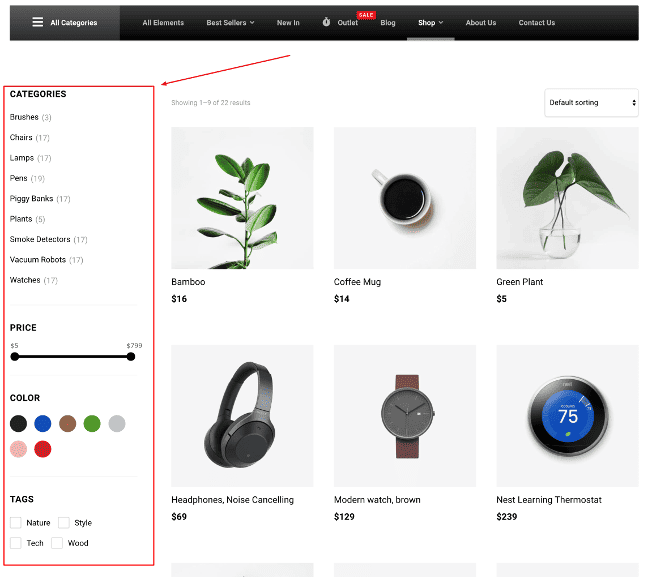In the competitive world of e-commerce, it is crucial for online retailers to provide a seamless shopping experience for their customers. One key feature that can significantly improve the user experience on an e-commerce website is the use of product filters. Product filters enable shoppers to easily narrow down their search results based on specific criteria, such as price range, brand, size, color, and more. In this article, we will explore the importance of product filters and provide you with some tips on how to design an e-commerce store with effective product filters.
The Importance of Product Filters
Product filters are essential for any e-commerce store for several reasons. First and foremost, they help customers quickly find the products they are looking for, saving them time and frustration. By allowing users to refine their search results based on their preferences, product filters streamline the shopping process and make it more efficient.
Moreover, product filters enhance the overall user experience on an e-commerce website. When customers can easily find the products they want, they are more likely to stay on the site longer, explore more products, and make a purchase. This can lead to increased sales and improved customer satisfaction.
Designing an E-Commerce Store with Product Filters
Now that we understand the importance of product filters, let’s discuss how you can design an e-commerce store with effective product filters.
1. Understand Your Target Audience
Before implementing product filters on your e-commerce store, it is essential to understand your target audience and their shopping preferences. Consider the types of products you sell and the characteristics that are most important to your customers. This information will help you determine which filter options to include and how to prioritize them on the website.
2. Choose Relevant Filter Options
When designing product filters, it is crucial to offer filter options that are relevant to your products and align with your customers’ needs. Common filter options include price range, brand, size, color, material, and more. Determine which filter options are most important to your customers and integrate them into your e-commerce store.
3. Prioritize Filter Options
It is important to prioritize filter options based on their relevance to your products and your customers’ preferences. Consider which filter options are most commonly used and place them prominently on your website. You can also use data analytics to track user behavior and identify which filter options are the most popular.
4. Implement User-Friendly Design
When designing product filters, it is crucial to create a user-friendly interface that is easy to navigate. Use clear and concise labels for filter options, and consider using dropdown menus or checkboxes for selecting multiple options. Ensure that the filter options are visible and accessible on every page of your e-commerce store.
5. Enable Multiple Filter Selections
Allowing customers to select multiple filter options simultaneously can enhance the shopping experience and make it easier for them to find the products they want. Implementing this feature will help customers narrow down their search results more effectively and find products that meet all of their criteria.
6. Provide Results Count
Displaying the number of search results for each filter option can help customers understand the impact of their selections and make more informed decisions. Providing a results count for each filter option can also create a sense of transparency and trust, leading to a better shopping experience.
7. Test and Optimize
After implementing product filters on your e-commerce store, it is crucial to test and optimize their performance continually. Use A/B testing to compare different filter options and layouts, and gather feedback from users to identify any areas for improvement. By regularly monitoring and optimizing your product filters, you can ensure that they are effectively helping customers find the products they want.
Conclusion
In conclusion, designing an e-commerce store with product filters is essential for creating a seamless shopping experience for your customers. By understanding your target audience, choosing relevant filter options, prioritizing them effectively, and implementing user-friendly design, you can enhance the user experience on your e-commerce store and drive more sales. Remember to continually test and optimize your product filters to ensure they are meeting your customers’ needs and improving their shopping experience.
